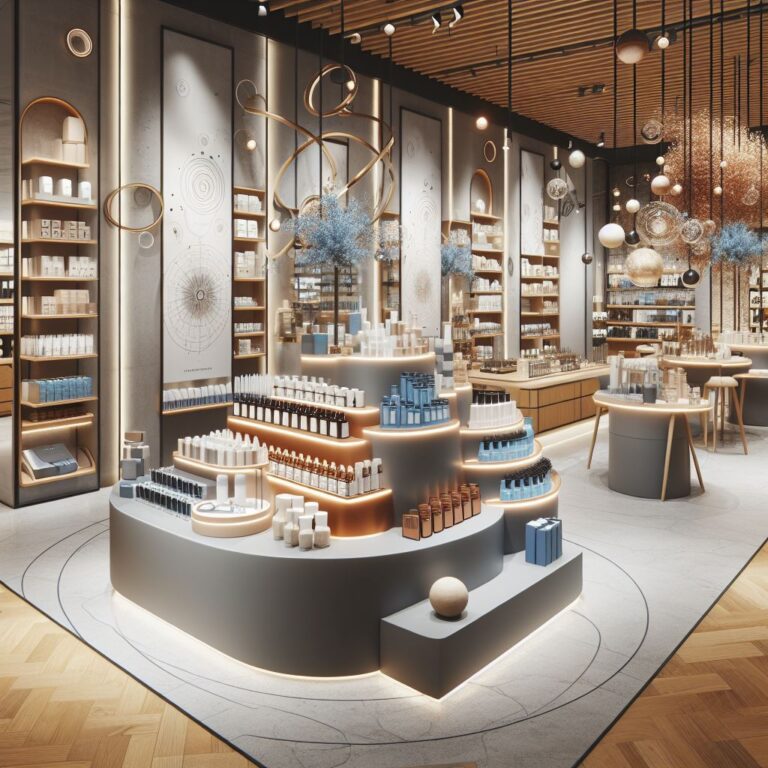Mastering Visual Merchandising: Enhancing In-Store Experience

Visual merchandising is a pivotal element in retail, playing a crucial role in enhancing the in-store experience and boosting sales. This in-depth guide explores effective visual merchandising techniques, focusing on store layout, creative displays, and their impact on customer engagement and purchasing behavior.
Importance of Store Layout in Customer Journey
The store layout is fundamental in visual merchandising and significantly influences the customer journey. An optimal layout should:
Guide Customer Flow: Design the store layout to guide customers through different sections, ensuring they encounter key products and displays. The layout should be intuitive, allowing easy navigation and exploration.
Create Focal Points: Strategically place focal points, such as feature displays or promotional areas, to attract customer attention and encourage interaction with products.
Optimize Space Utilization: Efficiently use space to display products without overcrowding, allowing customers to comfortably browse and shop.
Reflect Brand Identity: Ensure the store layout reflects the brand’s identity and values, creating a cohesive and immersive brand experience.
Effective Display Techniques for Product Highlighting
Creative and strategic product displays can significantly enhance visual appeal and product attractiveness. Key display techniques include:
Thematic Displays: Design displays around themes, seasons, or events to create engaging and relatable shopping experiences.
Interactive Displays: Incorporate interactive elements, such as try-on areas or product demos, to engage customers and encourage product interaction.
Use of Lighting and Color: Utilize lighting and color effectively to highlight products, create mood, and draw attention to specific areas or items.
Storytelling Through Merchandising: Use displays to tell a story or convey a lifestyle that resonates with the target audience, enhancing emotional connection with the brand.
Impact of Visual Merchandising on Sales and Customer Experience
Visual merchandising directly impacts sales and the overall customer experience. Well-executed visual merchandising can:
Increase Impulse Purchases: Attractive and strategically placed displays can trigger impulse buys, leading to increased average transaction values.
Enhance Brand Perception: High-quality and creative merchandising strengthens brand perception, making the store a destination rather than just a shopping location.
Improve Customer Satisfaction: A visually appealing and well-organized store enhances the shopping experience, leading to higher customer satisfaction and loyalty.
Conclusion
Mastering visual merchandising is essential for retail success. By focusing on effective store layout, creative display techniques, and understanding their impact on customer behavior, retailers can create an engaging and memorable shopping experience that not only attracts customers but also drives sales and enhances brand loyalty.